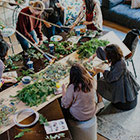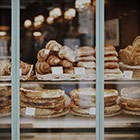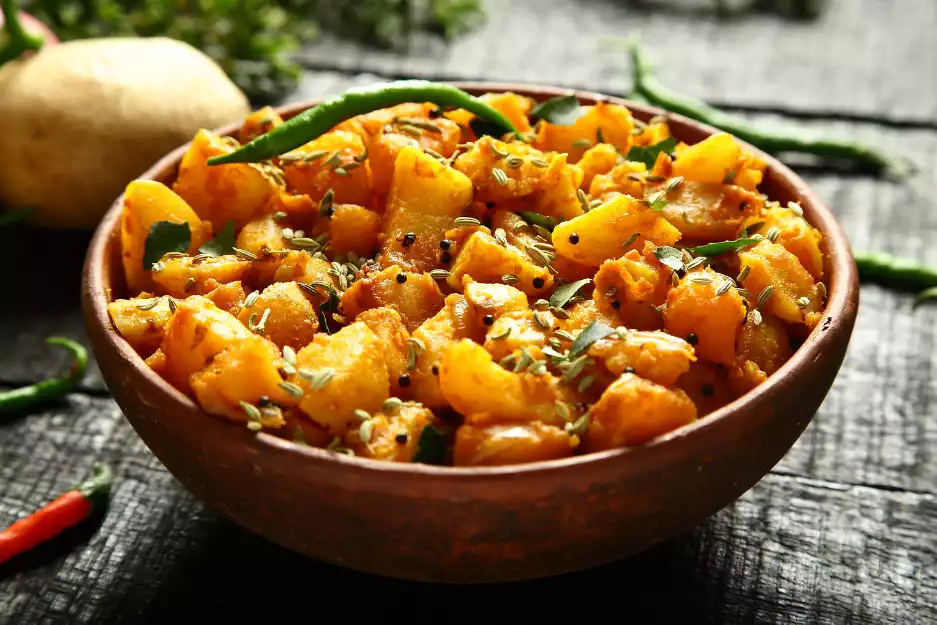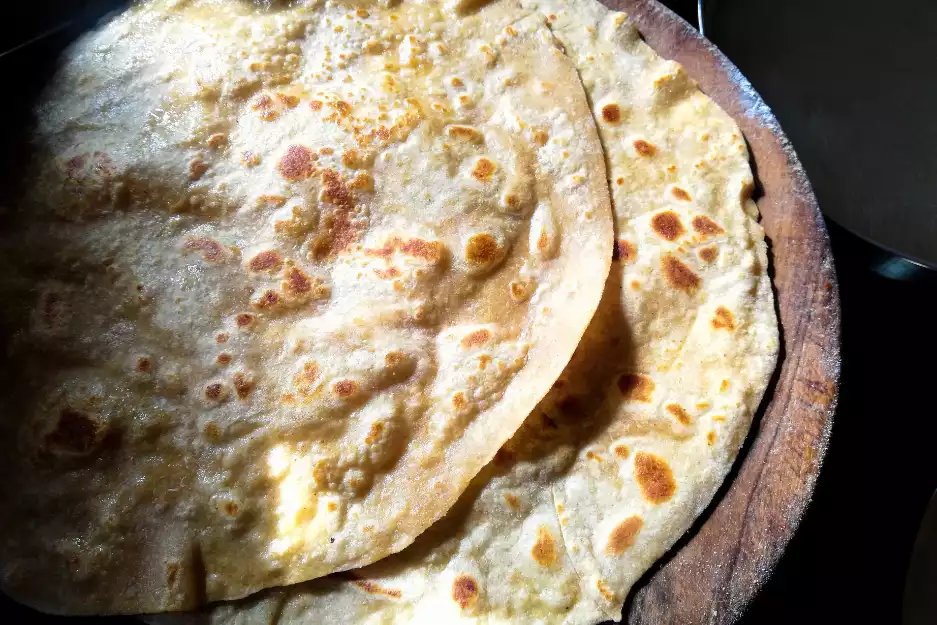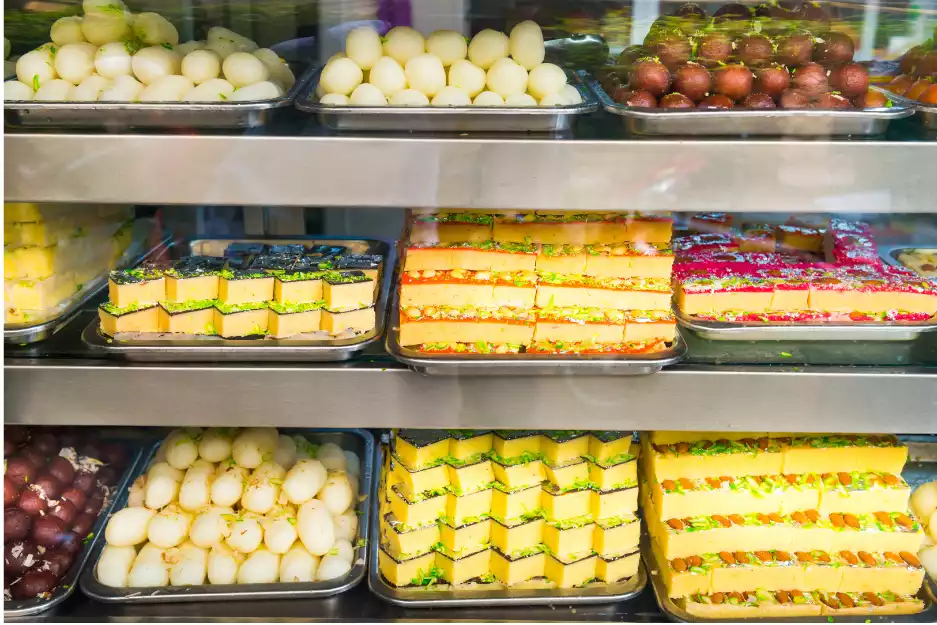-
AllAnytime Fitness Gym Art Beer Of The Week Blog Bus Fares Bus Service Business Business Expo C2C Care Care Home Charity Children Christmas Cinema City Status Cliffs Pavilion Cliffs Pavilion Review Cocktail Recipes College Community Competition Construction Coronation Coronavirus Dannielle Emery Design Easter Education Electoral changes Leigh on sea Emma Smith Employment Emsella Chair Environment Essex & Suffolk Water News Essex Police Essex Wildlife Trust News Events Family Fun Fashion Festival Film Finance Fitness Food Food & Drink Football Foulness Bike Ride Fresh Face Pillow Company Gardening General Election Hair & Beauty Halloween Harp Havens Havens Hospice Havens Hospices Havens Hospices Health & Fitness Health & Beauty Health & Fitness Healthwatch Southend Historicaleigh History Holidays Housing Indian Indirock Jubilee Karen Harvey Conran Kids Kids Blogs Kids Competitions Kids Reviews Lazydays Festival Legal Legal Eagle Leigh Art Trail Leigh Folk Festival Leigh Library Leigh On Sea Finds Leigh Road Leigh Town Council Leigh Town Council Press Release Leigh on Sea Leigh on Sea Sounds Leigh on sea Folk Festival Leigh on sea Marathon Leigh on sea Town Council Leigh on sea man breaks marathon record Leigh on sea news Lifestyle Livewell Southend Press Release LoS Shop London London Southend Airport Los Shop Marathon Melinda Giles Mortgage Angel blog Mortgages Motherofalloutings Mughal Dynasty Music My Mortgage Angel MyLoS NHS News News Newsletter Offers Outfit Of The Week Palace Theatre Parenting Parking Pets Picture Of The Week Pier Politics Press Release Press Release Southend City Council Professional Property Property Of The Week RSPCA Ray Morgan Re:loved Recipes Recycling Restaurant Restaurant Review Restaurants Review Roads Rotary Club Royal Hotel Royal Visit SAVS Schools Seafront Shopping Shows & Music Review Shows & Music Shows & Music Review Southend Southend Airport Southend Borough Council Press Release Southend City Bid News Southend City Council Southend City Council Press Release Southend City Council Press Release Southend Community Safety Southend Hospital News Southend In Sight Southend In Sight Southend In Sight Press Release Southend on Sea Sport The Mortgage Mum The One Love Project The Ship Hotel Theatre Theatre Blog Theatre Review Theatre review Transport Travel Travel Veolia Village Green Volunteer Weddings Whats On c2c
Sugar Cane in Indian Festive Cooking
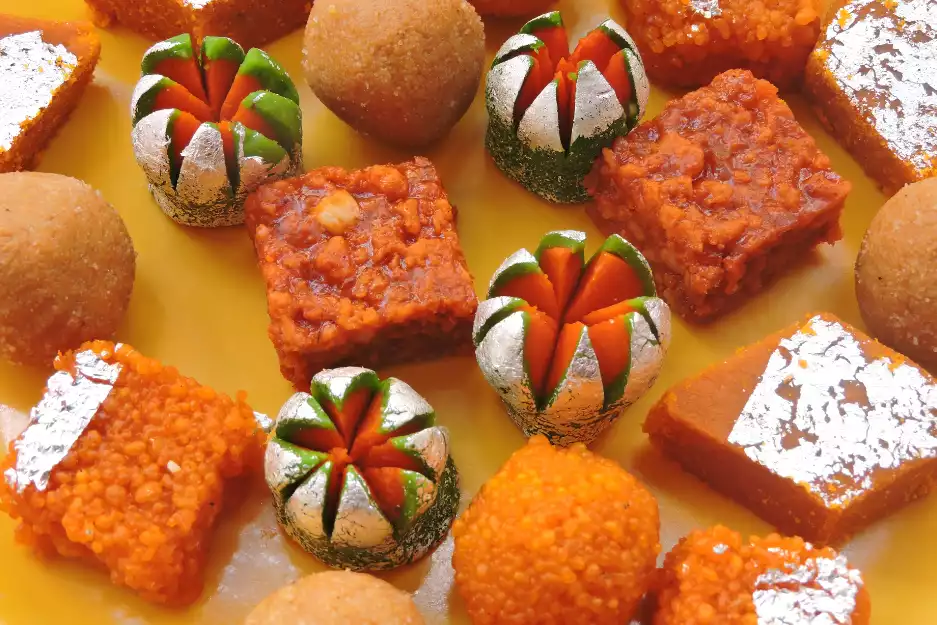
At the time of writing, India is currently the world’s second largest producer and exporter of sugar cane, just behind Brazil. India has a long history with sugar cane as, unlike Brazil, it is a native plant that was introduced overseas to the Americas and Caribbean in the 19th century. Records go as far back to the time of ancient Greece, and describe the surprise of the Greek travellers who had discovered a much sweeter alternative to the honey or figs of the Mediterranean.
Obviously the cane is used to make sugar but it is also often chewed or sucked and may be served as part of a second course to a meal. In order to make sugar, the juice was extracted by placing the canes in a large vice and collecting the liquid to be further refined into brown muscovado sugar or even further into something approaching white sugar. Historically, the plant was considered to be more nutritional than its extracted juice (which was a popular drink when spiced with ginger).
While it was common to use the juice for sugar it was also collected to be boiled, thickened and, finally, poured into moulds where it could set. This produced a block of jaggery which was a cheap sweetening agent used in many dishes. For example, laddu, a mixtures of rice, pulses and roasted seeds bound together with jaggery paste and (this is a Goan specialty), yams are often baked in jaggery. Pōli, are flatbreads stuffed with lentils and sweet jaggery while Sakkarai pongol is a sweet rice dish which takes its brown colour from jaggery.
ADD A COMMENT
Note: If comment section is not showing please log in to Facebook in another browser tab and refresh.

